We tried Caroline Hirons’s famous skincare routine – here’s how it went
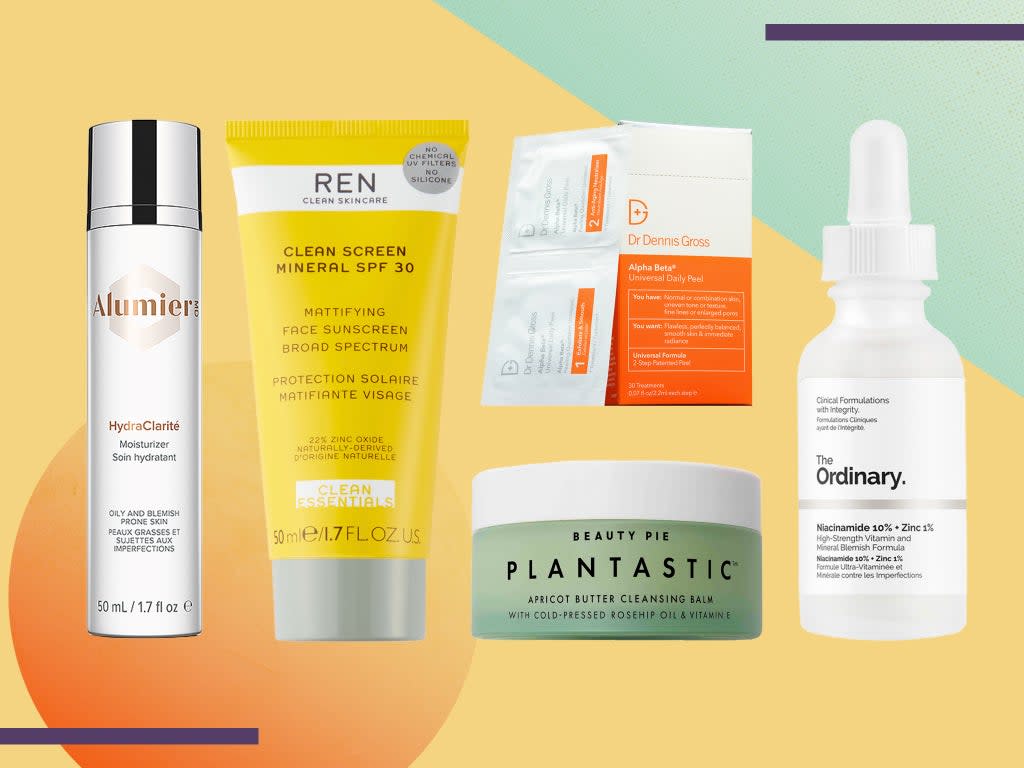
How to even define your skin type is a challenge in itself. It’s easy to feel overwhelmed with the sheer level of often contradictory information and the amount of products being sold to us. Newbie or skincare junkie, it’s difficult to find what will work for you.
While the demand for make-up has plummeted during the pandemic, skincare interest is on the rise. Just three-months into staying at home searches for skincare rose by 100 per cent on Google Trends, and maskne – mask acne – became a genuine concern. In other words: all of us are prioritising our skin right now.
It’s no wonder then, that skincare guru and qualified aesthetician, Caroline Hirons, has also continued to rise in popularity. Hirons is a real authority in the skincare industry thanks to her increasingly popular blog, large social following and campaigns to support the beauty industry during Covid-19.
Plus, her book, Skincare: The Ultimate No Nonsense Guide (£11.92, Amazon.co.uk), which was released in the summer of 2020, became the first beauty title to top the Sunday Times Best Seller chart in 18 years. It aims to equip you with all the knowledge you could ever need about skincare, as well as explain what you need, what you certainly don’t (cough cough, wipes) and puts some questionable “hacks” to bed, all without the complicated jargon.
Whether you’re looking for advice on what skincare to use while you’re pregnant, need something to salve sensitive skin or are looking to treat acne, there’s advice to suit, regardless of skin type, issue or age.
Read more:
Best simple skincare brands to know for for minimalist routine
15 best anti-ageing serums that target wrinkles and dullness
The 8 best sheet masks that hydrate, brighten and soothe skin
How we tested
While flicking through Hirons’s allegedly fail-safe routine for 20-30-year-olds, we put her expert guidance into practice. We put ourselves in the category of beauty buff, but also ashamed spot-squeezer, so went back to basics to gain a real understanding of ingredients and methods.
While the steps of our current routine were the same, the techniques and products weren’t. We added some of her top product recommendations to our kit and followed her step-by-step guide to see if there was a discernible difference when it came to our skin. It’s worth noting here that we have combination skin (oily, but dry in some areas) that is prone to breakouts, so we’re always on high alert for ways to better our skin’s health. Here’s how our routine changed.
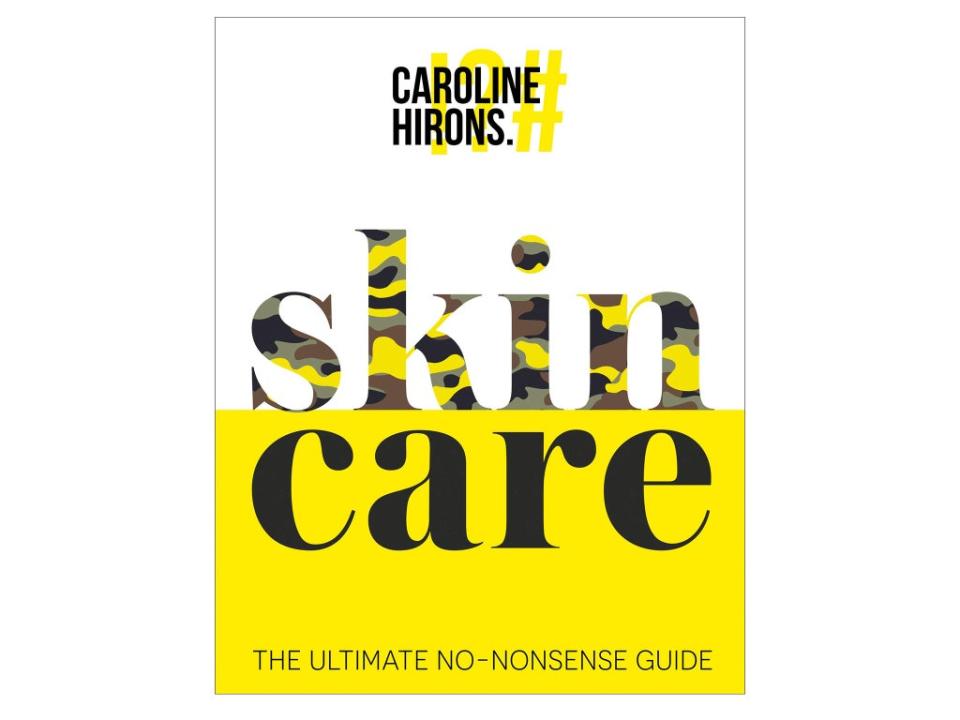
Step one: Cleanse
Cleansing is the most important stage of any routine, and the one we made the most changes to. To start, micellar water for make-up removal was banished with immediate effect. “If using micellar water is ‘quicker’ than washing your face, you’re using it wrong,” Hirons writes – discounting micellar and wipes as a “proper” cleanse.
We also swapped our softer microfibre cloths for white flannels (so you see the muck coming off). Flannels are “far more effective at removing dirt, and help exfoliate the skin, too,” Hirons claimed. We had previously opted for fluffier cloths on other advice so this step depends on what your face can handle – sensitive skins may find flannels a bit too harsh.
Read more: 11 best moisturisers for sensitive skin
Our next lesson was to keep our face out of the shower. The water is too hot and instead tepid water should be used when cleansing. We also switched out our foaming cleansers for a balm, cream, milk or gel formula.
A firm campaigner against anything that claims to give you “squeaky clean skin”, Hirons says that foaming cleansers can often be very drying, noting sodium lauryl sulphate/sodium laureth sulfate (SLS/SLES) as the skin-stripping culprit.
With this in mind, we swapped to Oskia’s Renaissance cleanser (£37, Cultbeauty.co.uk) as our first step in the morning.

This pink gel-to-oil formula turns the job into a luxury experience and smells like a spa to match. It is suited to all skins, formulated with vitamins A, C and E to help strengthen and brighten by ever so gently resurfacing.
Come evening, we opted for Beauty Pie’s plantastic apricot butter cleansing balm (which is just £18.92 for members or £50 for guests, Beautypie.com). As advised in the book, we used this with our new flannels as the first of our double cleanse to remove make-up – and we have to say, it melted everything seamlessly.
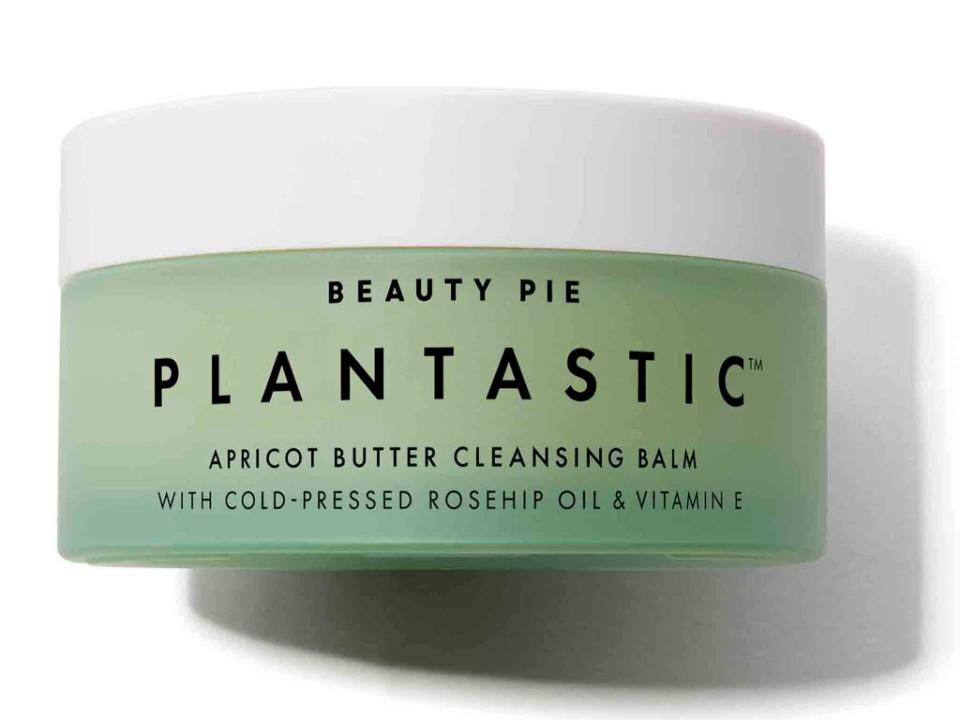
After just step one, we were already noticing a difference in our skin – it felt so much softer. Before, we were a repeat foam user but these softer cleanses have converted us.
Caroline also disproved her first myth in this section. She explained that there’s no need to “pat dry” your face after cleansing; go straight onto the next step and seal in moisture with your following products. This was a step that we were definitely guilty of. “Marketing departments regurgitate the same advice,” she says, when ideally we want to work with a damp face.
Step two: Exfoliate
While acid exfoliation can sound daunting, we’re all familiar with toning, which is why Hirons originally coined the phrase “acid toning” to allow readers to easily identify where it goes in their routine.
“Using acid toners is like taking your face to the gym,” she says. Acids are recommended to remove dead skin cells and force your skin into action. There’s even a whole guide dedicated to helping you decide which is best for you to use.
Read more: 10 best facial exfoliators
Hirons suggests having three exfoliators in your kit: “A strong one for evenings, a lighter one for daytime and one more to mix it up.” Different acids have different effects, so it’s best to adapt depending on how your skin feels and what it needs.
Our exfoliants of choice? In the evening, we went with her recommended and cult favourite, Dr Dennis Gross’ alpha beta universal daily peels (£19, Spacenk.com) which contains five potent AHAs and BHAs including salicylic, lactic and glycolic acids in a simple wipe. Our newly smooth skin texture has these to thank – and for the reduction in blackheads.
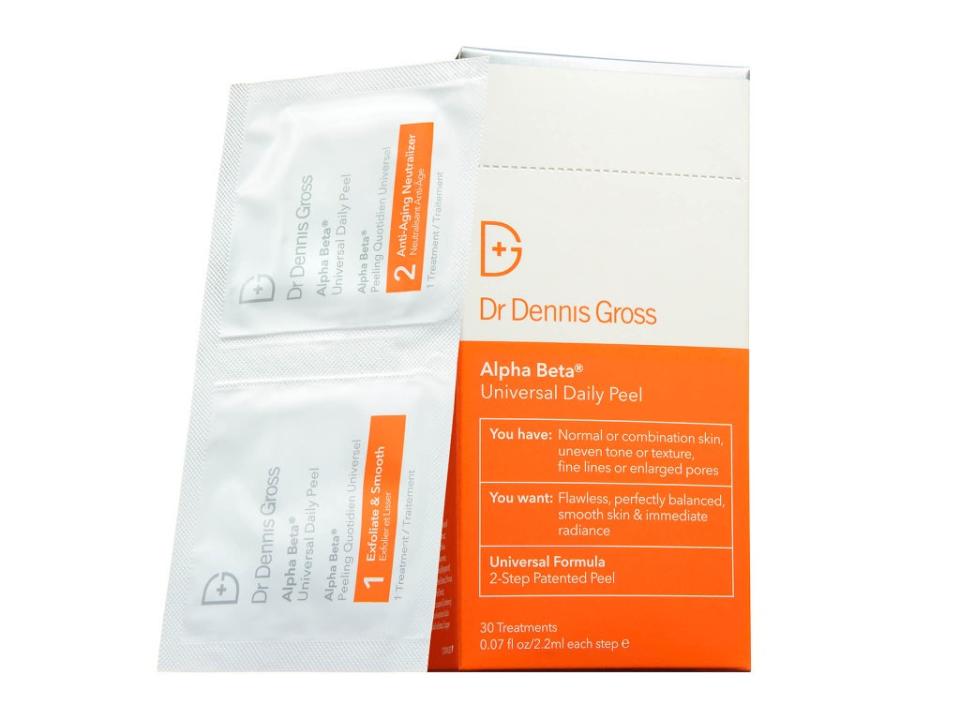
For a milder option we chose Pixi’s rose tonic (£18, Boots.com). It soothes and calms the skin while feeling more like a classic “toner” with a hit of hydration. Just what we need in the morning. Think of it like a rest-day for your face.

We also dabbled in Pixi’s vitamin C tonic (£10, Boots.com) on mornings occasionally. This uses ferulic acid to gently exfoliate and protect against free radicals. Was this a slightly unnecessary addition? Probably. But, was did gliding this over our face in the mornings both feel and smell refreshing? Absolutely.
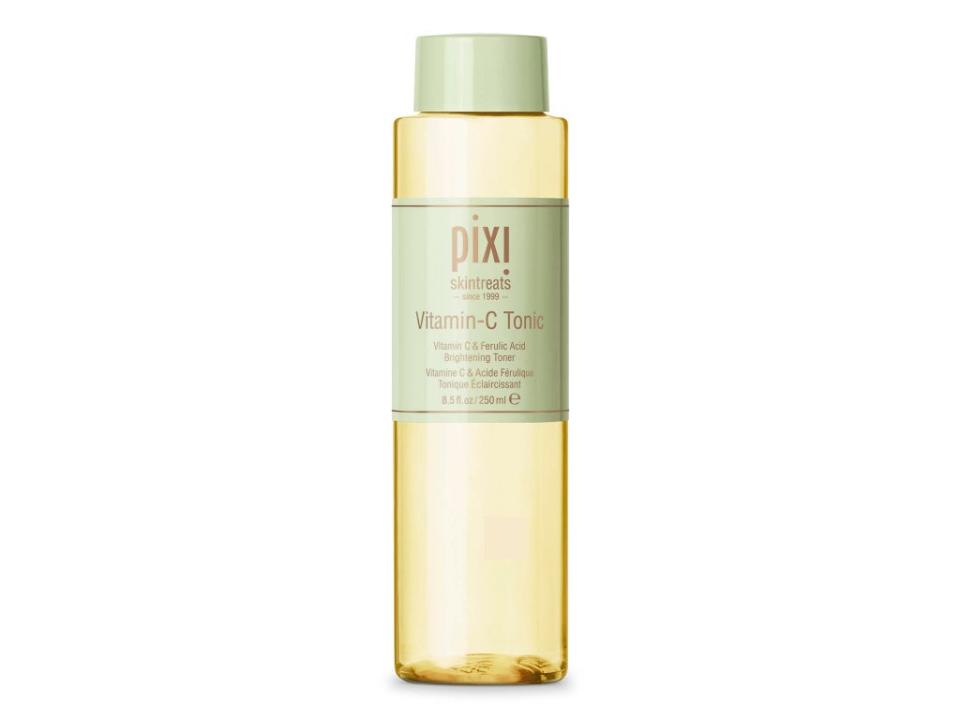
According to Hirons, you should apply your hydrating mist and eye cream after exfoliating. However, a mist a day just isn’t for our skin. We started out by following the book’s advice to “spray hydrated” but our oily skin just didn’t need it as often as suggested. It felt nice for non-make-up days, though, but was too much underneath, so we only sprayed when necessary.
Step three: Serums and oils
This is the time to really cater to your skin’s needs. Serums are designed to deliver a concentration of active ingredients. “The active ingredient you want will depend on the condition that you want to treat,” Hirons says. Though, in winter or if you have dry skin, you might want to add an oil after your serum.
We deployed Hirons’s “therapist hands” technique to apply products evenly. This involves putting product into your palm, turning your hands into an “X” before twisting. She argues that we can ignore the “warm in hands before use” packaging advice too, as “no professional would put expensive product on their hands and spend time rubbing it into their palms before applying it.”
Read more: Your A-Z glossary of hero ingredients in skincare, according to the experts
Hirons’s second application rule is TITTT. In true Caroline Hirons style, this means “take it to the tits”. Still lost? It’s a reminder not to neglect neck and upper-chest areas, as these areas are part of your facial skincare too, something we have lazily neglected.
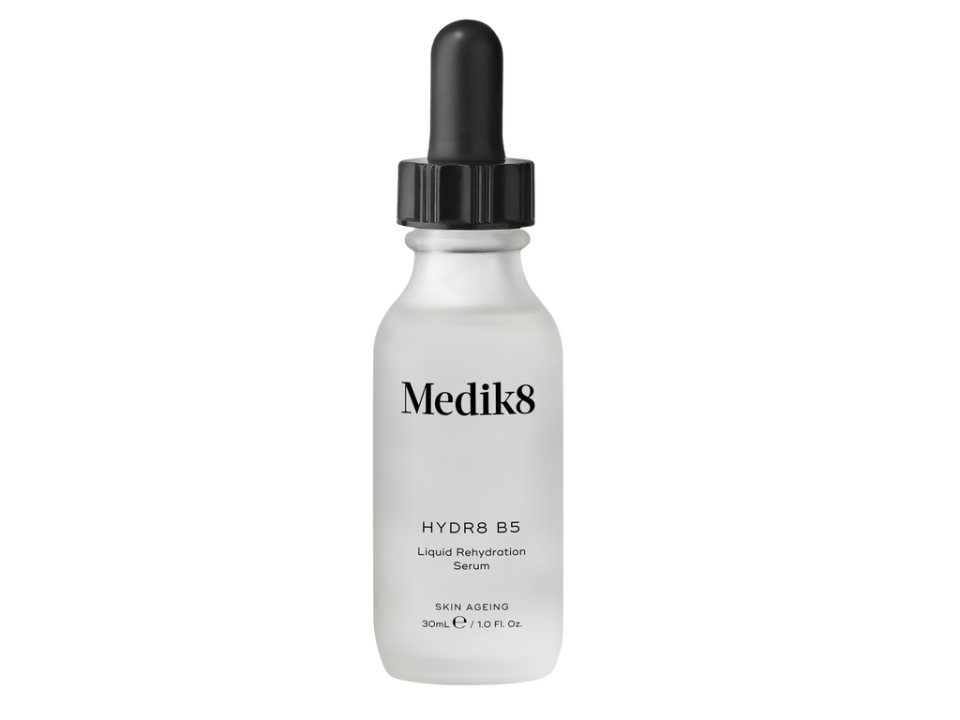
On instruction for our age, we added a high quality hyaluronic acid to our routine, choosing the Medik8 Hydr8 B5 (£40, Medik8.com). This applies silky-smooth and sinks in quickly, with no sticky feeling. Our face definitely felt more hydrated for longer after each use.
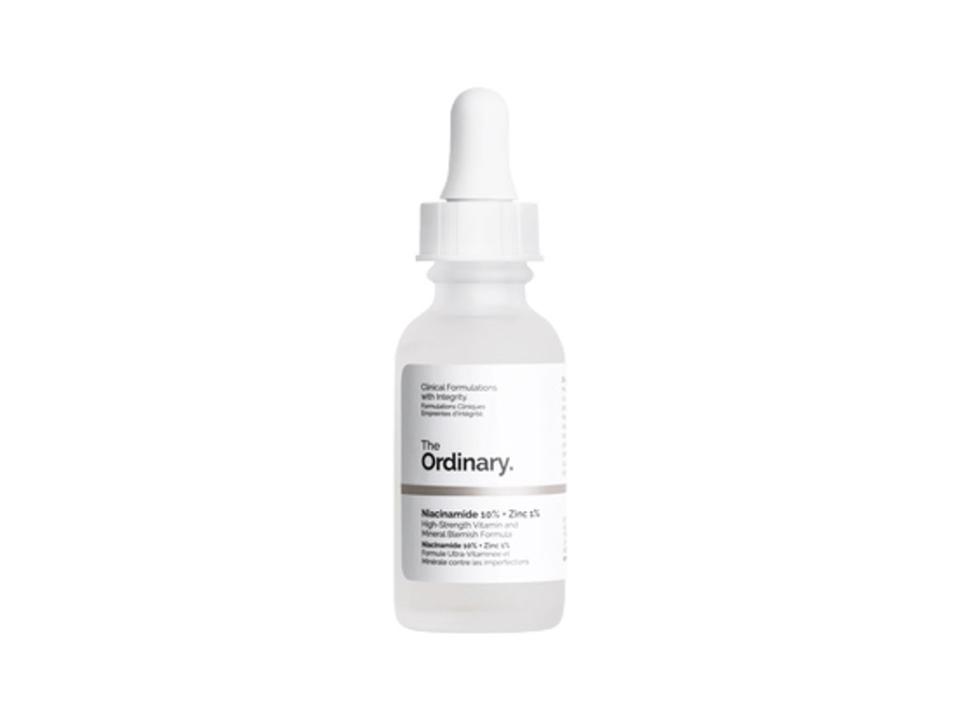
Our prescribed routine also includes an antioxidant serum – with vitamin C and niacinamide being the top suggestions. The Ordinary’s niacinamide 10 per cent and zinc 1 per cent (£5, Beautybay.com) is a great option for oily skin. It may be cheap, but it remains a core piece of kit as it helps monitor oil levels and prevent congestion. As the first page of the book says: “if it ain’t broke, don’t fix it.”
Step four: Moisturiser
Hirons describes moisturiser as your coat, adding that overlooking it is like “leaving the house butt naked”. She also says moisturiser should be chosen according to your skin type – but don’t go for anything mattifying, as “our skin is not designed to be ‘matte’.”
Read more: 9 best moisturisers for oily skin that are lightweight, non-greasy and control shine
Though you might feel like your serums are enough to lock in moisture if you’re excessively oily, Hirons stresses that oily skins shouldn’t avoid moisturiser.

Our current go-to is the AlumierMd hydraclarite moisturiser (£52, AlumierMd.co.uk), for both AM and PM. Curated for our skin type, its lightweight formula is unrivalled for combination skin and alleviates redness on our cheeks. Job done.
Step five: SPF
Come rain or shine, you should apply a sunscreen everyday. “SPF should always be the last product you apply to your skin,” says Hirons. Don’t be tempted by a moisturiser with SPF in it; you’re being lured into a false sense of security.
Hirons advises nothing lower than SPF 30, favouring a factor 50, broad spectrum sunscreen, which protects against both types of rays. “UVA rays damage your skin’s elasticity, and UVB rays cause skin damage,” she explains.
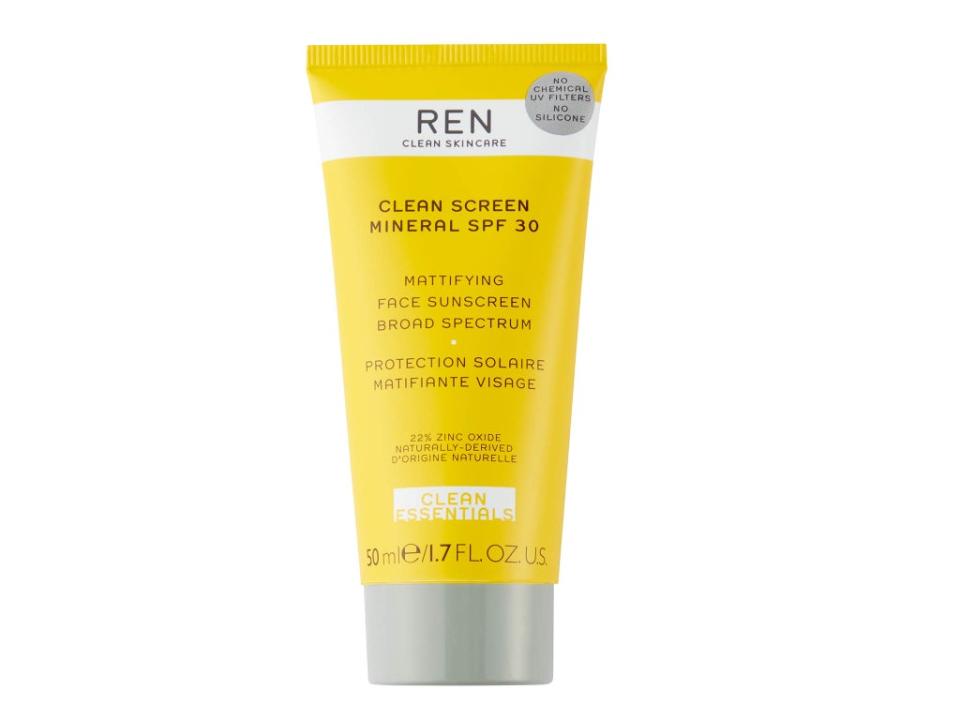
The Ren clean screen mineral SPF30 (£32, Cultbeauty.co.uk) has been a favourite of mine for a while. Offering UVA and UVB protection without the white cast, it absorbs quickly but is still easy to rub in and doesn’t appear shiny.
The verdict: Caroline Hirons’s skincare routine
If you’re a skincare novice, Hirons’s Skincare: The Ultimate No Nonsense Guide is a great place to start as it makes solid routines accessible without feeling intimidating. If you’re better versed in your skincare, it will repeat a lot you already know. With complete advice on how much product to use, the order, products for each skin type and professional treatments for you, it’s packed full of information. And there’s so many prompts and lifestyle pointers you can take from this. We never thought to leave our skin damp after cleansing, but now we’ll never bother to pat dry again.
This technically-focused book proves to all interest levels that routines don’t need to be complicated, or include an excessive amount of products. We’ll certainly be keeping Hirons’s recommendations of Medik8’s hyr8 serum, Beauty Pie’s butter cleanser and the alpha beta peel pads from Dr Dennis Gross in our skincare arsenal, too.
After using these products paired with Hirons’s techniques, we’ve noticed a smoother skin texture, reduced appearance of red marks from breakouts and a more hydrated base. So, we guess they’re here to stay, and micellar water isn’t. But, we won’t be throwing my foaming cleansers or microfibre cloths out just yet – sorry Caroline!
Voucher codes
For discounts on skincare and other beauty products, try the links below:
Drunk Elephant’s renowned baby facial has arrived in the UK – and we put it to the test

 Yahoo News
Yahoo News 
